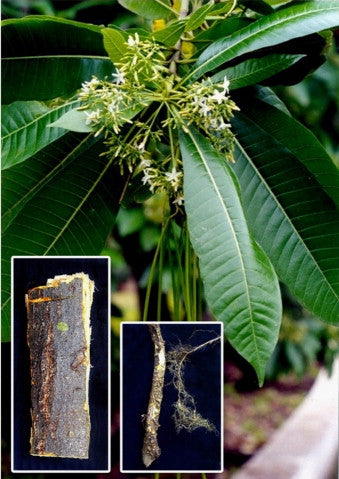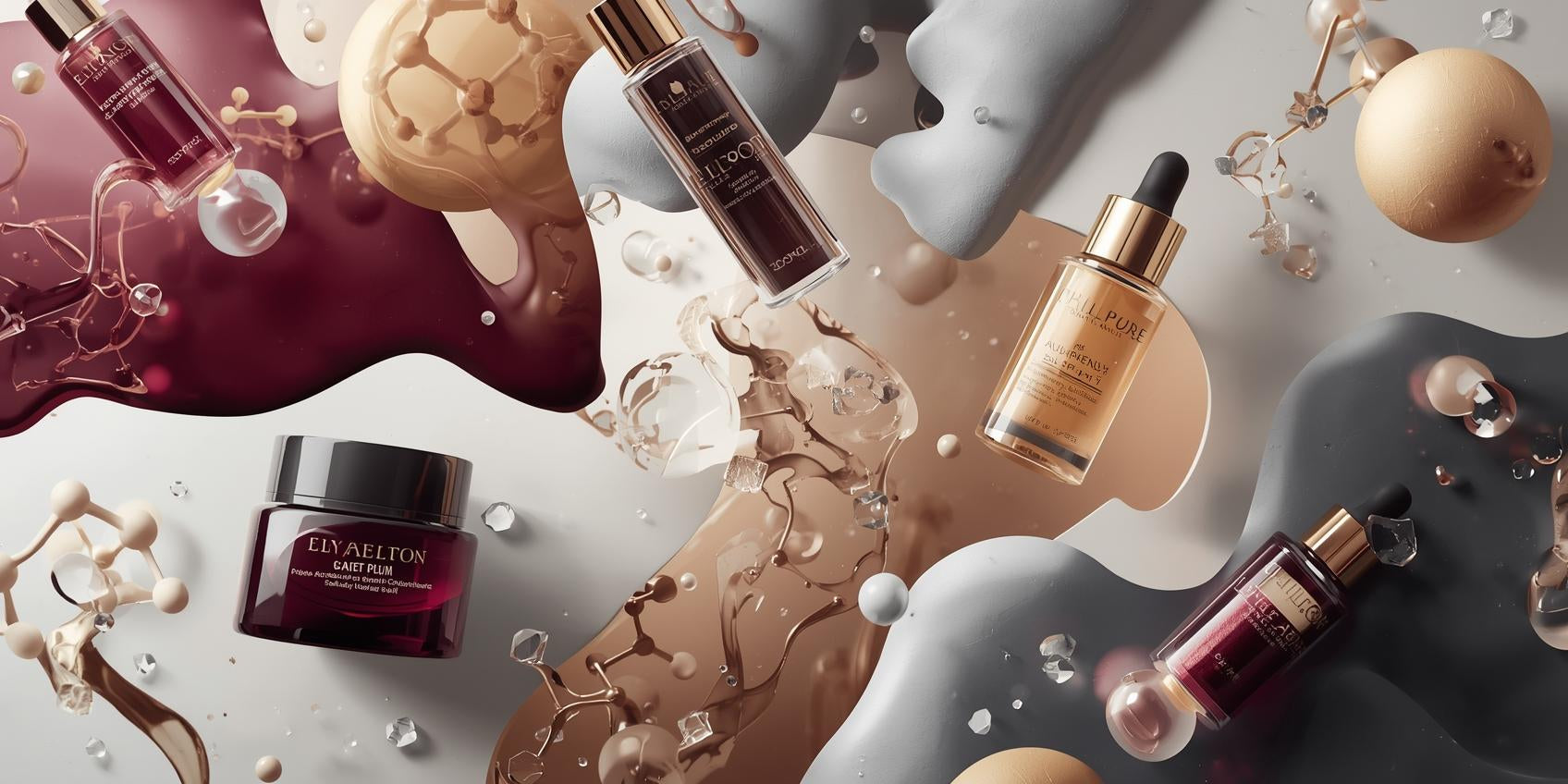Caesalpinia sappan (Sappanwood) Bark Extract is a distinctive botanical prized for its warm, reddish hue and its comfort-forward skin benefits. Traditionally used across Southeast Asia, sappanwood bark yields polyphenols (notably brazilin and related pigments) alongside flavonoids and tannins. In modern skincare, that profile translates to antioxidant support, a calming feel, and a subtly clarifying, tone-evening look—delivered in lightweight, everyday-wearable textures (cosmetic effects only).
What it does
-
Antioxidant defence: Polyphenols help neutralise everyday free radicals from pollution and UV exposure, softening the look of dull, city-stressed skin (still pair with SPF).
-
Soothes & comforts: Tannin–polyphenol complexes lay a breathable micro-film that reduces the “tight” sensation after cleansing or mild exfoliation.
-
Clarity & tone support: With regular use, skin can appear more even and refined, making it a tidy add-in for “fresh, balanced” routines.
-
Colour & sensorial: At certain strengths the extract lends a natural amber-rose tint—useful for marketing stories and visually warm gels or masks.
Skin suitability
Great for normal, combination and oily skin seeking balance without aggression. Works for dry or sensitive types when used in fragrance-lean, low-percentage formulas buffered with humectants. Avoid use on broken/compromised skin and always patch test if you’re reactive.
Formulation notes (guide—follow your supplier COA)
-
Format & solubility: Commonly a water/glycerin extract; sometimes propanediol. Easy to drop into toners, essences, gel serums, sheet masks and low-foam cleansers. Oil-dispersible fractions exist for emulsions/balms.
-
Use levels: Leave-ons typically 0.2–2% (higher in rinse-off), adjusted for extract potency and desired colour.
-
pH window: Generally comfortable around pH 4.5–6.5.
-
Processing: Add in cool-down (<40–45 °C) to protect delicate components. Preserve water-rich systems with a broad-spectrum preservative; a chelator (e.g., sodium phytate) can help colour stability.
-
Stability & appearance: Expect pale yellow to amber-rose. Polyphenols can deepen slightly over time; use opaque/UV-protective packaging and store cool.
Pairings that work
-
Hydration & barrier: Glycerin, betaine, hyaluronic acid, panthenol, beta-glucan, ectoin, and ceramide systems to keep comfort high.
-
Tone & clarity: Niacinamide, tranexamic acid, azelaic derivatives, and gentle PHA/AHA for an even-tone story without sting.
-
Antioxidant stack: Vitamin E, ferulic acid, green tea—well-rounded daily defence.
-
Extra soothe: Allantoin, bisabolol, madecassoside if your audience skews sensitive.
Product formats you’ll see
-
Purifying toners/essences: Shine-friendly hydration with a calm finish.
-
Gel serums: Lightweight layers that support clarity and sit neatly under SPF and makeup.
-
Sheet masks & after-sun gels: Quick comfort and a subtly brightened look (non-broken skin).
-
Low-foam cleansers & clay masks: Fresh feel without over-stripping; natural tint adds a visual cue.
Claims & labelling inspiration
-
Claims: “Antioxidant support,” “Soothes the feel of stressed skin,” “Helps refine the look of pores,” “Shine-friendly hydration,” “Tone-evening support.”
-
INCI listing: Caesalpinia sappan Bark Extract (plus solvent system components).
-
Ethics/environment: Often vegan and readily biodegradable when responsibly sourced—confirm GMO status, allergen declarations, extract ratio, and solvent system per supplier documentation and your local regs.
Properties
Anti-oxidant, Anti-acne agent
INCI Name
Caesalpinia sappan Bark Extract




